Connecting strips could be difficult to maintain the power supply. Here, we have mentioned the best ways to connect LED strip lights to the power supply. LED lights can make your house look better and more aesthetic.
How To Connect Led Strip Lights To Power Supply?
Quick Navigation
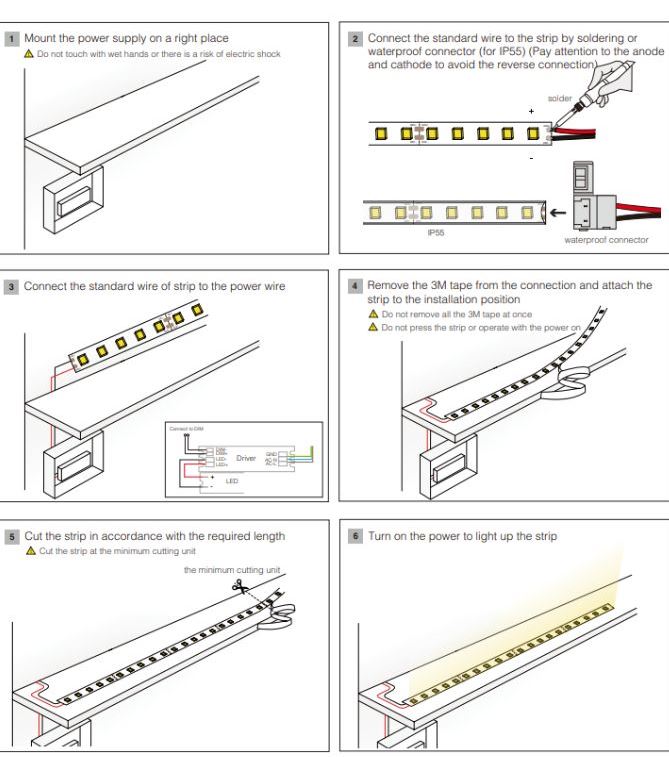
LED Lights are a great way to illuminate your house. It is very easy to install LED strips in your house. You can follow the steps mentioned below to properly install LED strips.
Total Time: 30 minutes
Method 1: Select LED’s
1. Measure the area where you want to install the LEDs
Note down all the measurements. And measure all the areas where you want to install the LEDs. Add all the measurements to get the total length of the LED strip that you will need. Check the length between the outlet and the place where you want to install the LEDs. Make sure to carefully determine the length of the LED strip that you will need.
2. Test the LEDs
Check the LEDs to find out the power supply that they use. LEDs use 12V or 24V as the power supply. Make sure your power supply matches that used by the LEDs. LEDs that use 24 V as the power supply are brighter. Make sure you use the best 30-amp inlet box for testing.
3. Evaluate the total power consumed by the LED strip
Evaluate the total power used by LEDs. The power that is used by the LEDs per foot of its length is mentioned. You can calculate the total power used by the LEDs. Multiply the power used per foot with the total length of the LED strip used.
4. Calculate the minimum power rating
The power rating should be 1.2 times the total power consumed by the LED strip. Multiply the total power consumed by 1.2 to get the power rating.
5. Calculate the minimum amperes
The minimum amperage can be calculated. Divide the total power consumption by the voltage. You can also determine the minimum amperes requirement by a multimeter.
6. Buy a power supply with the power requirements that you need.
Use the minimum amperage and power rating that you have calculated to buy a power supply. You can buy a power supply in which you can use the LED strips that you have. The brick-type adapter is the most common power supply. It is easy to connect to the LED strip.
It also comes with the things required for its connection to the LED strips. If you want to power different LED strips with different power supplies. Make sure that you calculate the power requirements of all LEDs. And buy the adapter accordingly. You can also hardwire the LEDs to your power supply. But it is usually difficult to hardware it yourself.
Method 2: Link LEDs And Power Supply
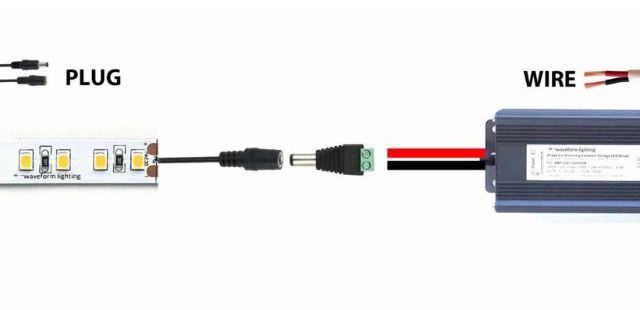
1. Plug-in quick connectors should be used if you want to connect separate LED strips
You can fit the clip-on connectors on the copper dots present at the end of the LED strips. Fix the red wire to the positive dot. And the black wire to the negative dot. If you don’t want to use connectors you can also solder the strips.
2. Use screw-on connectors
You can also use screw-on connectors to connect the LED strips. Make sure to properly check the positive and negative terminals of the connector. And connect the wires to the proper terminal of the screw-on connector. Use a screwdriver to make sure the connection is proper. Screw-on connectors are mainly used for soldering. But it can also be used to connect various LED strips to a single power supply.
3. Attach the LED strip to a power source
The power supply has a plug at one end. This connects to the adapter of your LED strip that is present at the end of the strip. You can also use a quick connector to connect the LED to the power supply. A strip splitter can be used if you want to connect various LED strips to a power supply. It connects to LED strips. And it’s ending is attached to the power supply. Test the LED strips. If they don’t work check the alignment of the wires. And make sure the LEDs are properly connected.
Method 3: LED Strips Can Be Soldered Together
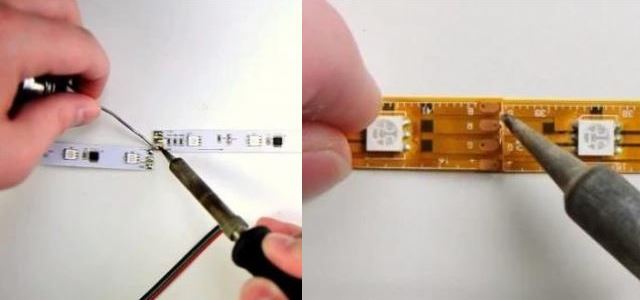
1. Choose the wires to solder the strips together
LED lights have two contacts. So you will need two wires. Buy two wires of different colours. Usually, black and red wires are used. Solder a connector to the wires. If the connector has wires you won’t have to buy extra wires.
2. The casing of each wire should be removed
Use pliers to remove about half-inch of the wires. You only have to remove the casing of the end of the wire that is not attached to the connector. Make sure you do not damage the wires when removing the casing.
3. Use protective equipment
Soldering releases fumes and other contaminants that are harmful to you. So make sure to wear a mask while soldering the wires. Also wear glasses to protect your eyes from metal or other things that fall during soldering. Heat resistant gloves can also be used. Make sure to open all the windows and doors while soldering the wires. This will remove all the fumes and contaminants. That is released during soldering the wires.
4. Heat the soldering
The soldering iron should be heated to around 350° Fahrenheit. Because this temperature is suitable to solder the copper together, without burning it. The soldering iron gets really hot so you should be careful.
5. Solder the end of the wire to the LED strip
Melt the wire and connect it to the copper dots present in the LED strip. The red wire should be connected to the positive terminal. And black wire should be connected to the negative terminal. Make sure the soldering is proper and wires do not fall off.
6. Leave the wires to cool
Wait for the wires to cool before you test them. Make sure there is no heat left in the soldered wires to protect them against damage. You can plug the wire to check if the LED strip is working. If it doesn’t work check all the connections again.
7. Use a shrink tube to coat uncovered wire
You should cover the soldered wires with a shrink tube. This protects the wires and protects you against shock. Use a heat gun to properly attach the shrink tube to the uncovered wires.
8. Attach the solder wires to the ends of the LEDs and connectors
You can connect various LED strips by soldering them together. You can also use connectors to join them.
Method 4: Attaching LEDs
1. Clean the place where you want to attach the LEDs
Use water and a cloth to clean the place where you want to install the LEDs. The surface should be clean and make sure there is no dust left. You can use a speciality cleaner to properly clean the surface. Make sure there is no dust left to properly attach the LEDs to the surface.
2. Attach the LEDs to the surface
There is an adhesive covering on the back of the LED strip. You can remove this covering and directly stick the LED strip to the surface. If the surface is clean the LED should attach without any problems. Remove the covering slowly and carefully attach it to the surface. If the LED doesn’t stick properly you can use mounting tapes or clips to attach it to the surface.
3. Cut the LEDs from the dotted point if you want a specific length
If you want a specific length of the LED strip you can cut it. Make sure to only cut it at the dotted lines. The dotted lines are present throughout the strips. You will need to attach the strip that you cut to the power supply or connectors. So don’t cut the strip unless it is necessary. Now that you have installed the LED strips you can use them to light your room.
Tools:
- NA
Materials: NA
How Much Power Supply Do I Need For Led Strip?
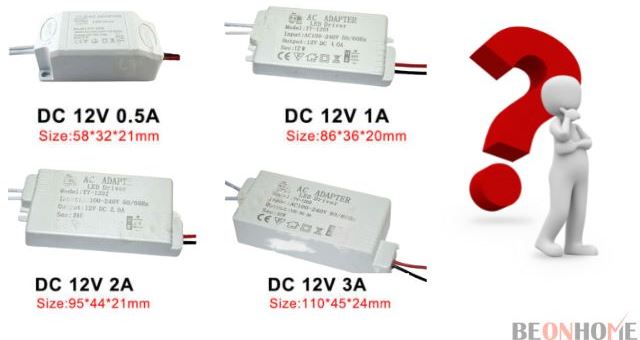
You can choose the power supply. By calculating the minimum amperage, minimum power rating and maximum power consumption.
- Test the LEDs
Check the LEDs to find out the power supply that they use. LEDs use 12V or 24V as the power supply. Make sure your power supply matches that used by the LEDs. LEDs that use 24 V as the power supply are brighter.
- Evaluate the total power consumed by the LED strip
Evaluate the total power used by LEDs. The power that is used by the LEDs per foot of its length is mentioned. You can calculate the total power used by the LEDs. Multiply the power used per foot with the total length of the LED strip used.
- Calculate the minimum power rating
The power rating should be 1.2 times the total power consumed by the LED strip. Multiply the total power consumed by 1.2 to get the power rating.
- Calculate the minimum amperes
The minimum amperage can be calculated. Divide the total power consumption by the voltage. You can also determine the minimum amperes requirement by a multimeter.
- Buy a power supply with the power requirements that you need.
Use the minimum amperage and power rating that you have calculated to buy a power supply. You can buy a power supply in which you can use the LED strips that you have. The brick-type adapter is the most common power supply. It is easy to connect to the LED strip. It also comes with the things required for its connection to the LED strips. you can get some good work LED’s under your budget for your workplace.
If you want to power different LED strips with different power supplies. Make sure that you calculate the power requirements of all LEDs. And buy the adapter accordingly. To be on the safe side you should get a durable hardwired LED strip for your closet.
FAQ
1. How Can I Power Led Strip With USB?
It depends on the voltage supplied by your USB port. If your LED strip requires 12 V you cannot power it with a 5 V USB port. However, if your LED can work on 5V you should be able to power it with a USB port.
2. Is 12v Too Much For Led Lights?
No, most LED lights require 12V or 24V DC voltage for their functioning. However, voltage more than 12 V can be dangerous for LED lights that require 12V for their function.
3. Do Led Lights Run On Dc Power?
Yes, LEDs run on DC power. They are direct current devices and run on DC. The devices that are used to limit the current and voltage are. Resistors, voltage regulators and current regulators. These regulate the current and voltage that is provided to the LED.
4. Can Led Strip Lights Be Hardwired?
Yes, LED strip lights can be hardwired. But you need a LED driver to convert AC mains to DC for your LEDs. If you need a LED driver. You need the power supply and DC requirement of your LED strip. If you want it built-in inside walls/roof you should hire an electrician. It is very difficult to do it yourself and you could damage your house. Moreover you should choose a good hardware ceiling light for your home.
Final Talk
LEDs are great to beautify your room. You can use multiple colours of LED. LEDs are easy to install. You can easily install LEDs yourself. LEDs are easy to use and make your house aesthetic. Installing LEDs doesn’t require any electrical experience. If you feel that hardwiring is too much hassle you can go for battery powered LED bulb under your budget. The above-mentioned article should be helpful if you want to install LEDs in your house.

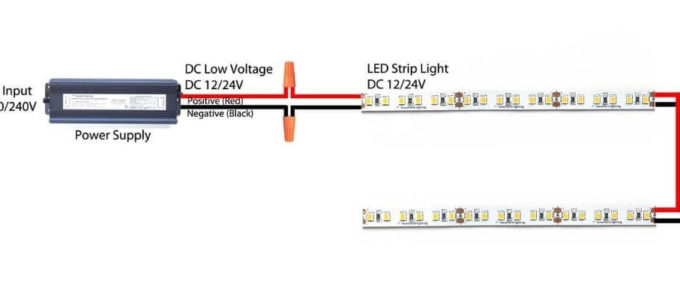
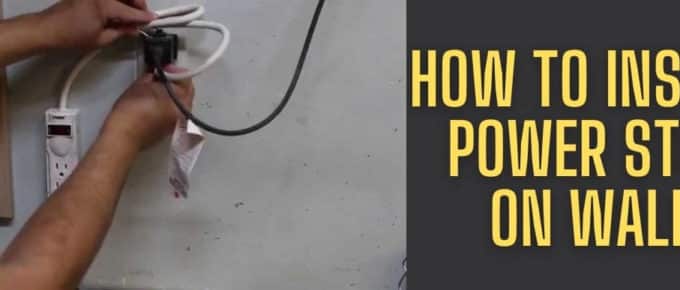
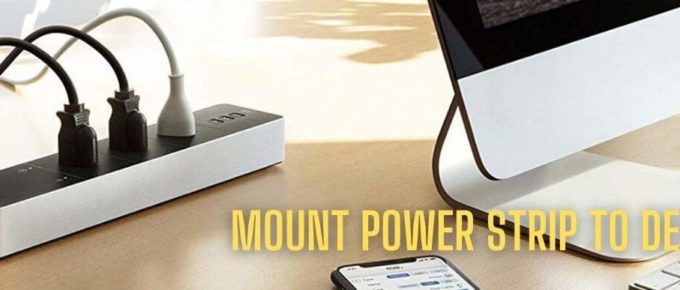
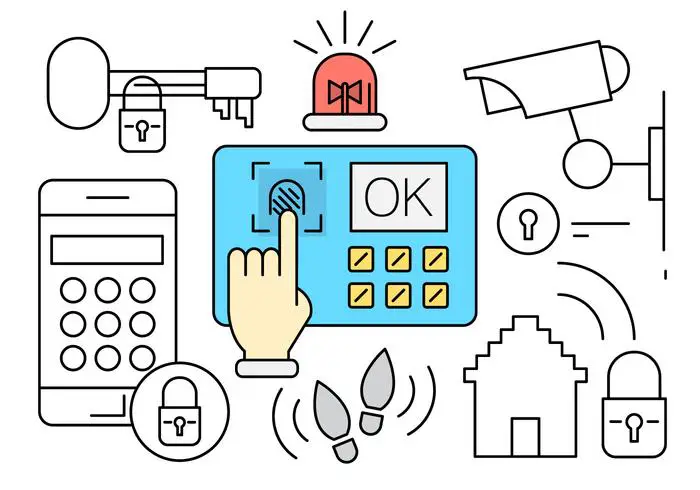

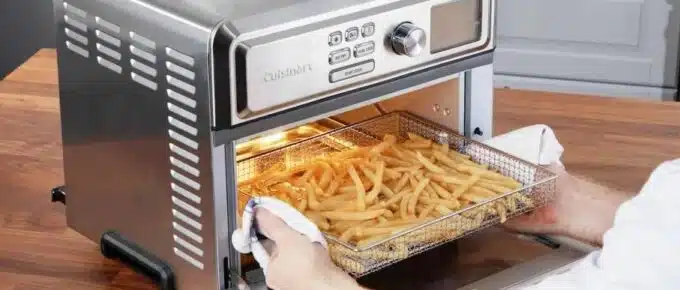
Leave a Reply